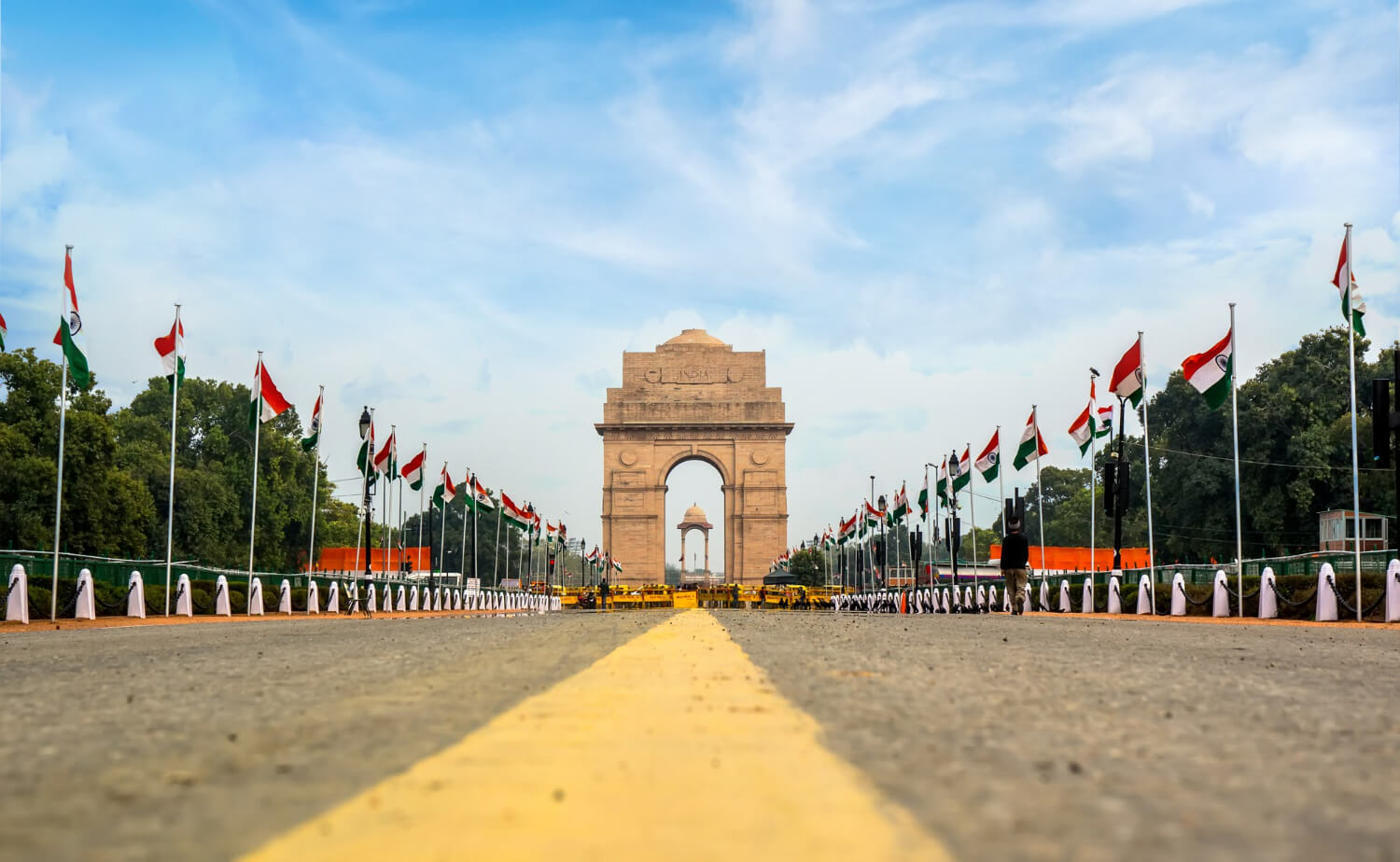



It’s not the first time a group of suited men and women sitting 12,000 kilometres away in Washington have made the rest of the world feel like they’re watching a live thriller without subtitles.
Back in 2008, when the U.S. House rejected the TARP bailout on its first try, global markets wiped out $1.2 trillion in a day. Indian traders, fresh from their morning Chai, watched in disbelief as their screens went red before the chai even was tasted. In 2011, another Capitol Hill standoff over the U.S. debt ceiling caused America to lose its AAA credit rating — and Europe to lose its economic nerve.
Now, in 2025, it’s happening again.
President Trump’s $3.3 trillion tax-and-spend bill has scraped through the Senate and landed in the House, which has just enough Republican majority to make a Mumbai autorickshaw meter look stable. If the bill passes untouched, it means an ocean of new U.S. government borrowing, sky-high bond yields, and a stronger dollar. If it fails, global markets might relax—just for a minute—until the next tweet about tariffs or the Fed turns everything upside down again.
This time, India’s watching—but not waiting.
Because here’s the hard truth: Capitol Hill doesn’t know it, but every time they argue, they write part of our economic script. Whether it’s your EMIs going up because of dollar outflows or small exporters in Tirupur losing sleep over rupee swings, the ripple effect is real.
But what if India decided to stop letting other people hold the pen?
It starts with accepting that the dollar isn’t going away tomorrow. But we can certainly build some leakproof regional plumbing so that every Capitol Hill sneeze doesn’t give our economy the flu.
India has already settled some crude oil deals with Russia in INR. Imagine extending that to ASEAN suppliers, or even parts of Africa. Every trade invoice in rupees is one less occasion where we hold our breath watching the dollar index.
When a Chennai-based auto parts exporter can sign a deal in rupees with a Vietnamese buyer, we’re no longer just passengers on the U.S. economic rollercoaster.
The New Development Bank has a swanky HQ in Shanghai and press releases full of promise. But let’s be honest—it’s time it got its hands dirty.
How? By issuing local-currency bonds—rupee, baht, rand—and using that money to build Asian roads, ports, and solar farms. Think of it as a local version of the IMF, just with better food and fewer strings attached.
We already have a ₹3-lakh-crore swap line with Japan. Let’s not stop there. Imagine similar lifelines with the UAE, Australia, Singapore—even South Africa. These aren’t theoretical; these are the seat belts for when hot money decides to bolt from emerging markets overnight.
In 2020, during COVID’s peak panic, RBI’s swap line with the Bank of Japan kept things calm when other currencies were gasping. That was a preview. Now it needs a sequel.
Talk to anyone who exports handloom sarees from Varanasi or mango pulp from Ratnagiri—they’ll tell you FX volatility is scarier than customs clearance.
While big corporates have treasury teams using complex derivatives, smaller exporters mostly say a prayer and hope the rupee holds. Why not let PSU banks roll out ultra-simple, plug-and-play FX protection schemes—like crop insurance, but for currency?
If an ₹80 to ₹83 jump doesn’t mean a ₹5 lakh loss, someone sleeps better in Rajapalayam.
One reason why global investors trust the U.S. Treasury market isn’t just liquidity—it’s the legal clarity. You sign a contract under New York law, and you know what happens if things go south.
Asia doesn’t have that yet. But we can start building it. A cross-border “Asian Contract Code,” perhaps backed by Singapore courts or an independent treaty panel, could become the gold standard for regional debt deals.
This isn’t the first drama—and it won’t be the last
Smoot-Hawley in 1930. TARP rejection in 2008. The debt ceiling showdown of 2011. Each time, the House of Representatives pressed a button that sent tremors across continents.
Capitol Hill is not just America’s problem—it’s the world’s event planner, scheduling crises with surprising consistency.
Sure, the pundits will fill newspaper columns and queue up for interviews. Delhi boardrooms will serve filter coffee and discuss “exposure risk.” WhatsApp will fill up with screenshots of bond yields. But India should do more than sip and scroll.
We’re not trying to replace the dollar. Not yet. But India can build parallel tracks—local currency trade, deeper swap lines, better regional institutions—that reduce the damage when the American fiscal machine throws another wrench.
The RBI doesn’t need to panic. The commerce ministry won’t need a 2 a.m. emergency call. And Tirupur’s exporters can finally go to bed without checking the rupee.
The next Capitol Hill tantrum is just a matter of time. But if we do this right, it’ll be a sideshow—not a storm.
As for Trump? If the bill fails, expect an all-caps post on X blaming “disloyal Republicans” and taking potshots at Elon Musk (“He couldn’t fix a tunnel, now wants to fix America? Sad!”). The markets will twitch. The memes will fly. But this time, India won’t flinch.
Not because we’re not watching—but because we’re finally ready.